
Vincentzeng
Leave a messageMaterial:PET/PC/PP
Thickness:0.05mm-2.0 mm Structure
Overlay with printing+Rear Adhesive
Description:
Touch Flat Overlay
Keys embossed Overlay
Application:
Remote controller,Fridge,Washing machine,Medical instrument
Labeling is the process of assigning descriptive or informative labels to different objects, data points, or categories. It helps in organizing and categorizing information, making it easier to understand and analyze. Labeling can be applied to various domains such as data science, machine learning, computer vision, and natural language processing. In this article, we will explore the importance of labeling and its applications in different fields.
One of the key applications of labeling is in the field of data science. Data scientists often work with large datasets that contain vast amounts of information. In order to make sense of this data, it needs to be labeled appropriately. For example, in a customer database, labeling customers based on their age, gender, and location can help analyze patterns and trends. This information can be used to create targeted marketing campaigns, develop personalized recommendations, and improve customer satisfaction.
Labeling is also crucial in machine learning, a field that focuses on developing algorithms and models that can learn from data and make predictions or decisions. In order to train a machine learning model, labeled data is required. These labels serve as the ground truth or the correct output for a given input. For example, in a spam email classification system, labeled emails (spam or not spam) are used to train the model. The model learns from these labeled examples and then makes predictions on unseen data.
Another field that heavily relies on labeling is computer vision. Computer vision involves the analysis, understanding, and interpretation of visual data such as images and videos. Labeling plays a vital role in tasks like object detection, image classification, and semantic segmentation. For example, in an object detection task, each object in an image needs to be labeled with its corresponding class (such as car, person, or building). This labeled data is then used to train object detection models.
In natural language processing (NLP), labeling is used for tasks like text classification, sentiment analysis, and named entity recognition. Text classification involves categorizing text documents into predefined classes. Sentiment analysis aims to determine the sentiment or opinion expressed in a given text (positive, negative, or neutral). Named entity recognition involves identifying and classifying named entities (such as person names, organization names, and locations) in a text. Labeling is necessary in these tasks to train models that can automatically perform these tasks accurately.
Labeling can be a time-consuming and labor-intensive process, especially when dealing with large datasets. However, there are several strategies and techniques that can help streamline the labeling process. One popular approach is to use crowdsourcing platforms, where multiple annotators label the data independently. The labels assigned by the annotators are then aggregated to obtain the final label. Another approach is active learning, where the model actively selects the most informative data points for labeling, reducing the labeling effort required.
In conclusion, labeling is a fundamental process that helps in organizing and categorizing data. It plays a crucial role in various fields such as data science, machine learning, computer vision, and natural language processing. Labeling allows us to extract meaningful insights from data, train accurate models, and develop applications that can automate tasks. Despite its challenges, labeling remains an important aspect of data analysis and model development.
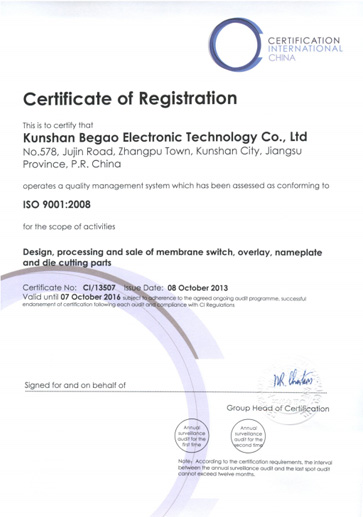
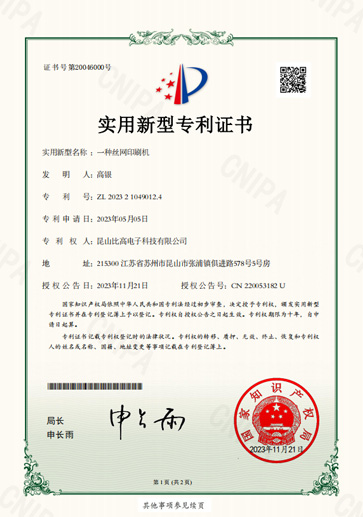
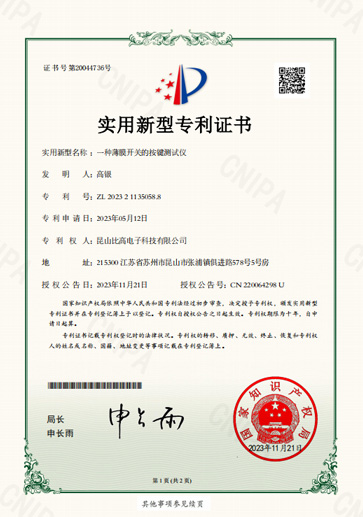
13+ years experience work for membrane switch, overlay and nameplate products for our team.
One-stop process for membrane switch&product identification
Fully technology support from design to Mass Production.
Keep Improving by Quality First &Best Service to exceed customer’s expectations
Rapid Prototype Membrane Switches and Overlays by Fully automatic digital printing equipment + Automatic digital cutting prototype machine
5-7 days from design for approval.
Fully automatic digital printed graphics
Fully automatic digital die cut size
Automatic Screen printed graphics
Automatic Rotary printed graphics
Transparent tinted window options
Additional components such as rubber keypad assemblies
Backlighting options such as Light Guide Plate (LGP),Light Emitting Diodes (LED)
The company integrates design, research and development,manufacture and sales as one of the comprehensive enterprise.
Kunshan Begao Electronic Technology Co., Ltd. specializes in the design and production of membrane switch, overlay, flexible switch, label&Nameplate and capacitive touch circuit products. We Have a 100,000-level standard dust-free workshop, imported professional production equipment and a technical team with an experience of more than 10 years in the industry.
And we have acquired ISO9001:2008 international quality system and more than 18 professional technology patents and all the materials used meet the RoHS test standards.
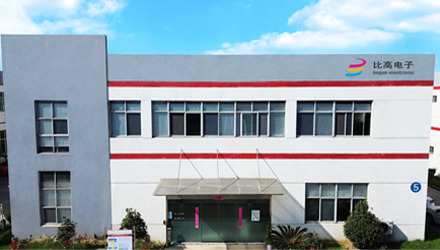
Establish a stable and cooperative relationship with well-known domestic and foreign electronics enterprises such as: Sensata, Flextronics, Joyoung,Leadman, Zola, Zoomlion
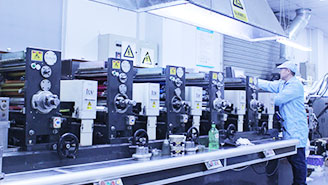
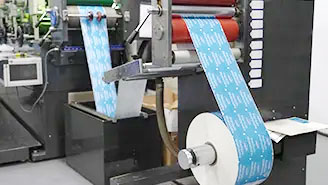
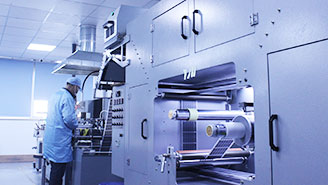
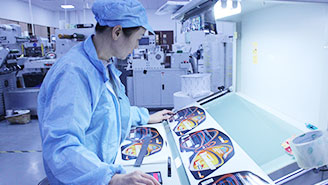
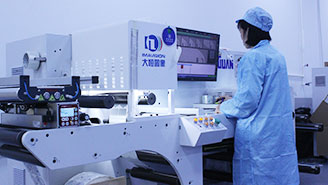
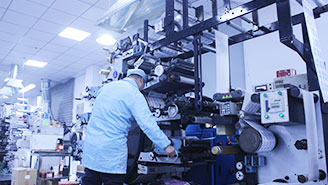

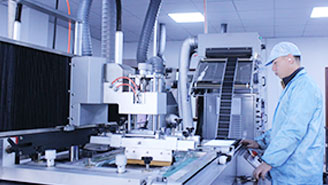
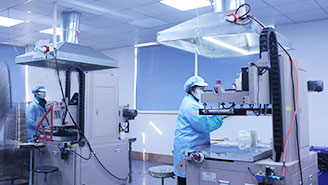
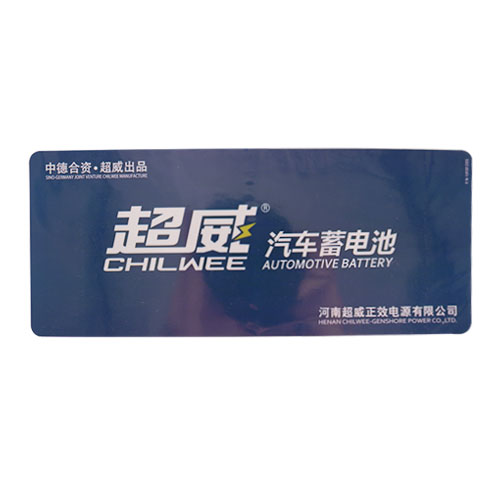 RELATED
RELATED
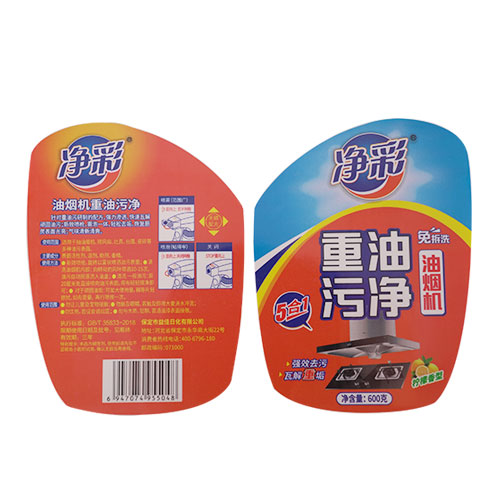 RELATED
RELATED
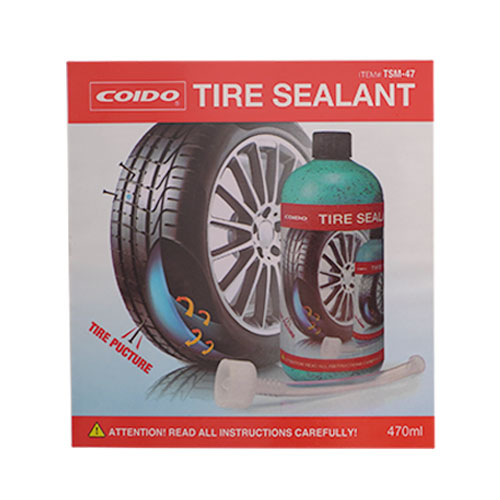 RELATED
RELATED
 RELATED
RELATED